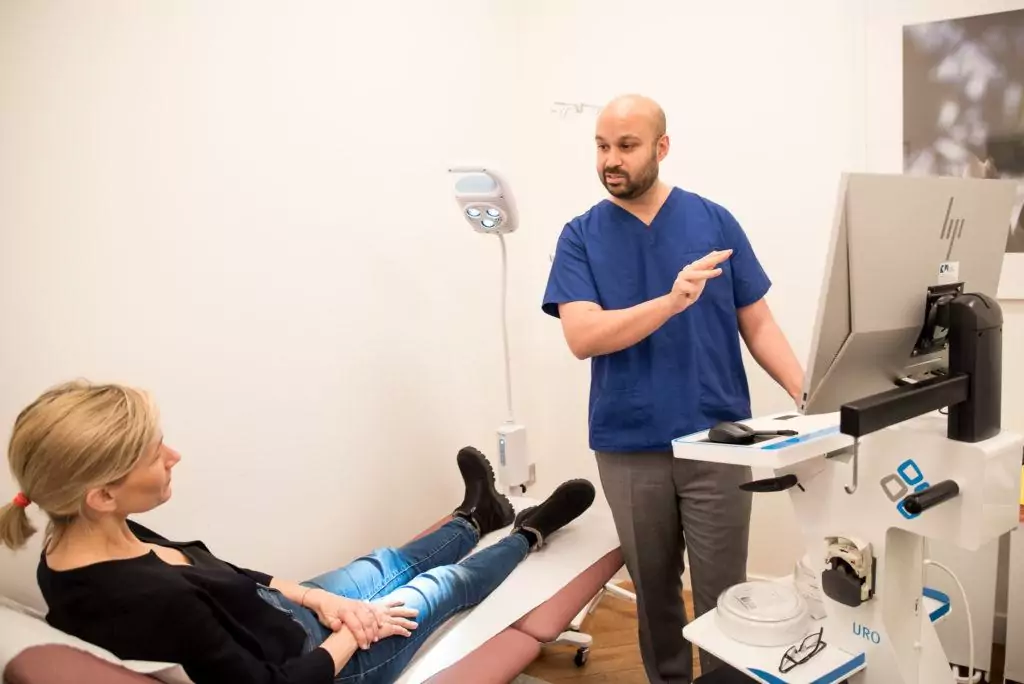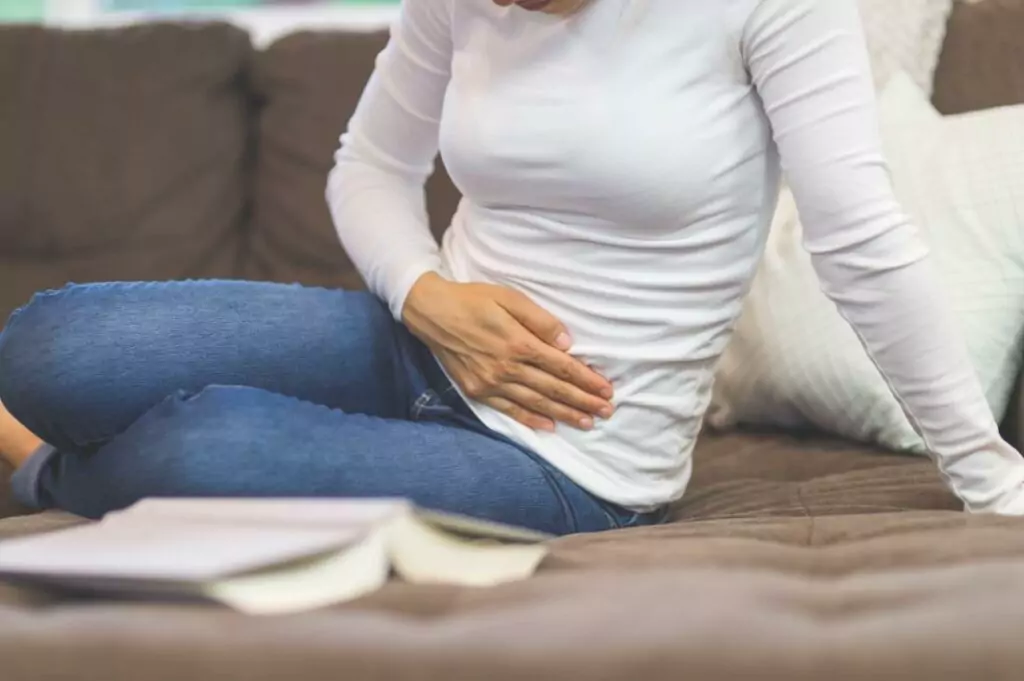Pelvic Organ Prolapse

Pelvic Organ Prolapse
Pelvic organ prolapse is common, affecting 1 in 10 women over the age of 50 years. Mild prolapse often causes no or minimal symptoms which can be reduced with lifestyle changes, including stopping smoking, weight loss, avoiding constipation where possible and heavy lifting.
Prolapse can affect quality of life by causing pain, discomfort during sex, and even effect the bowels and bladder. Women may experience a feeling of heaviness or a dragging sensation in the pelvis which may get worse as the day progresses.
What is a prolapse?
The condition refers to a bulging of pelvic organs (the womb, the bladder or the bowel) into or even out of the vagina. It occurs due to the muscles and ligaments which normally support and hold these organs in place weaken. The commonest causes of weakness are secondary to pregnancy and childbirth as well as the natural ageing effects on muscles. Prolapse affects about one in three women who have had one or more children and may occur during or shortly after a pregnancy or may take many years to develop.
Women who suffer with constipation, or a chronic cough, or even who’s lifestyles or careers involve heavy lifting or straining may suffer from prolapse symptoms
Less commonly, medical conditions which effect the strength of muscles and ligaments such as Ehlers-Danlos Syndrome or Marfans Syndrome may contribute to prolapse and recent evidence has even pointed towards a potential inherited predisposition to the condition.
What are the treatment options?
Often prolapse treatment depends on the severity of the symptoms and effects they have on quality of life. The mainstay of treatment involves physiotherapy and being taught pelvic floor exercises. In addition more holistic approaches to optimising lifestyle benefits including weight loss, managing constipation, smoking cessation and avoiding high impact or strenuous activity. Even if symptoms are mild, all these fundamental interventions have significant benefits on longer term pelvic floor health.
Vaginal oestrogen replacement therapy (in the form of tablets, gels and creams) also has a role in reducing the discomfort women feel from the prolapse.
Vaginal support pessaries (such as silicon or soft rubber rings or cubes) help lift up and maintain the prolapse thereby relieving discomfort and often improving most symptoms without the need for surgery. These can be easily fitted and replaced at regular 4-6 monthly intervals.
Finally, surgical correction of the prolapse can be offered by dedicated urogynaecology specialist surgeon. The most appropriate surgical treatment is usually based on a number of factors including age, previous surgical history, severity of prolapse, and general health. Most surgery is offered vaginal (without any incision on the abdomen) but can also be offered through key hole or wit the assistance of a robot. There is no single best approach for all patients and details of surgery will depend on various factors to ensure patient satisfaction and success.


